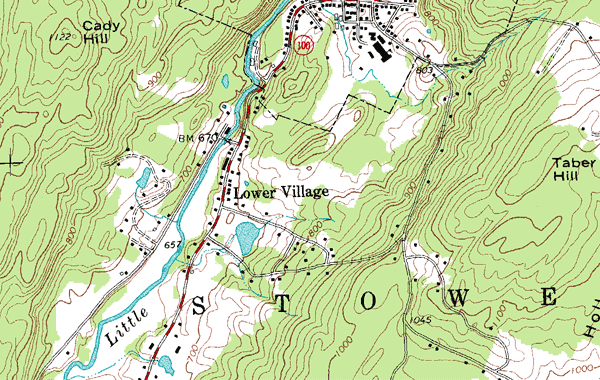
There are two methods for storing rasters in a geodatabase. Surfaces that are raster in nature can be stored in a personal, file, or multiuser geodatabase.

Each surface type is stored according to its characteristics.įor further information on surfaces, see: Fundamentals of 3D surfaces. There are four types of surface models available in ArcGIS: raster, TIN, LAS datasets, and terrain datasets. ArcGIS offers three types of geodatabases: personal, file, and Enterprise.įile-based formats can be Esri specific (TIN, Grid), open-source and standardized exchange formats (TIFF, JPEG 2000), or third-party formats (IMG, PIX). Geodatabases are collections of spatial data native to ArcGIS that collate several features or raster datasets all in one place.

The method you choose is partially your choice but is also limited by the surface type. With ArcGIS, there are two approaches for managing your surface data: geodatabase or file-based. As with any geospatial information, surfaces need to be organized and stored on computers for access, management, visualization, and distribution.


 0 kommentar(er)
0 kommentar(er)
